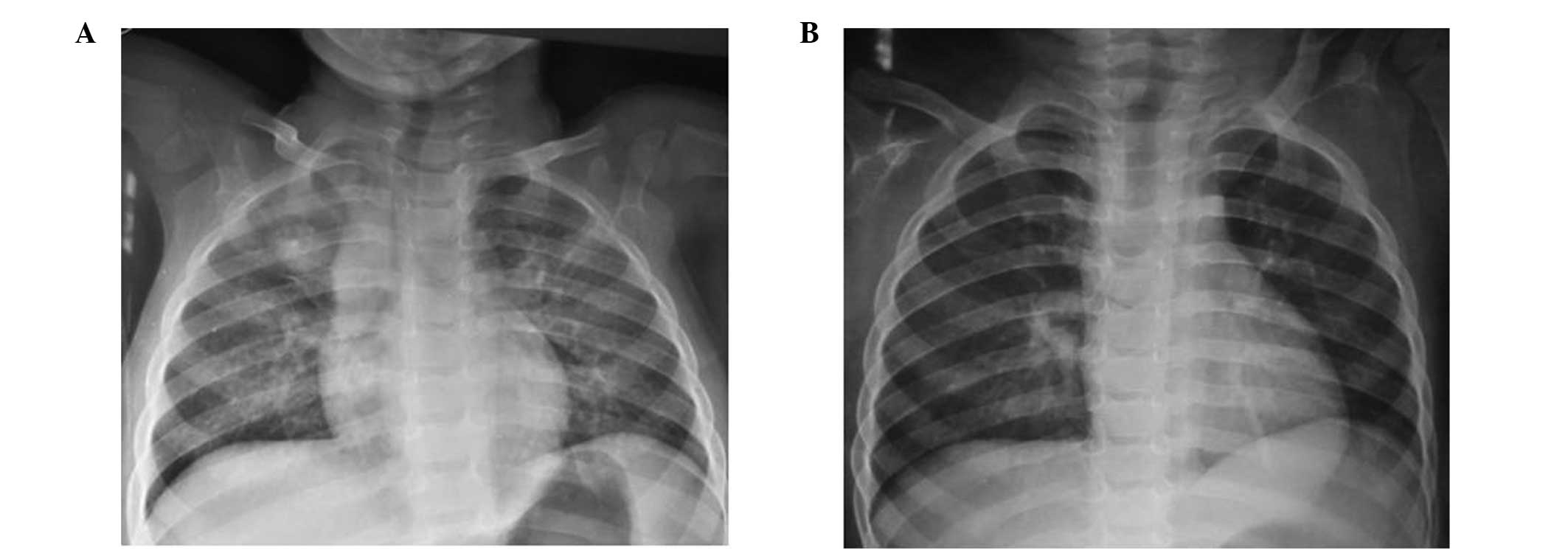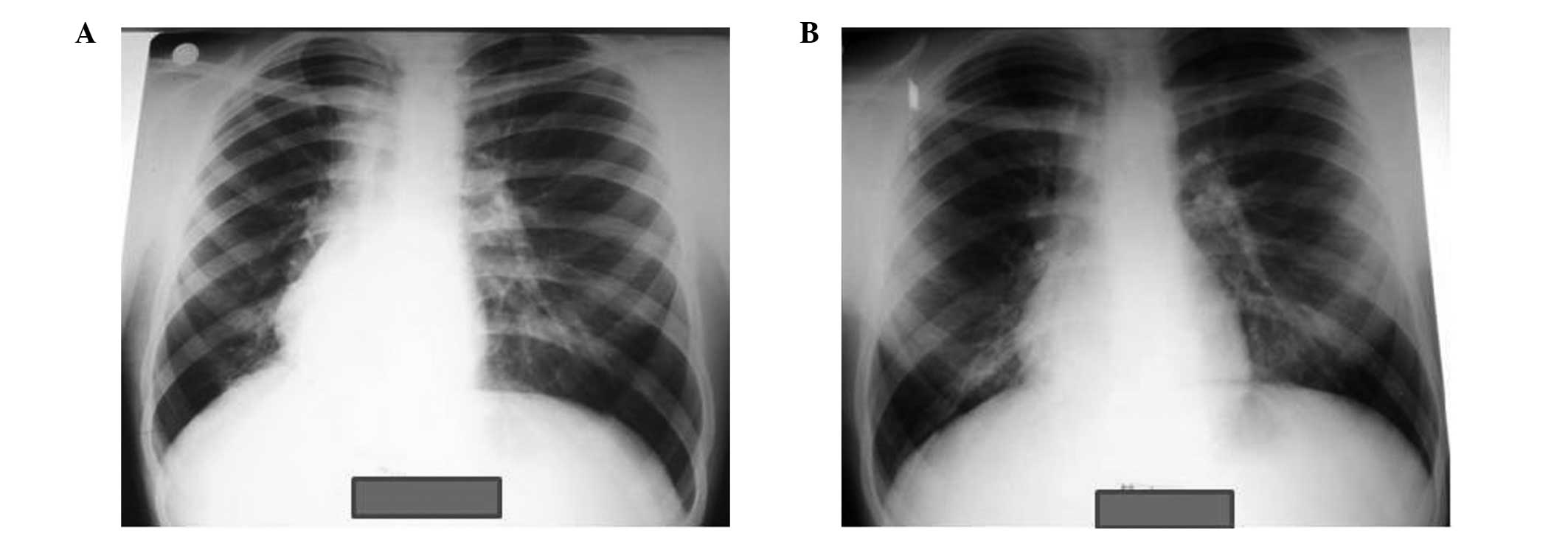Tuberculosis preventive treatment in a single medical center and evaluation of the results
- Authors:
- Published online on: September 22, 2014 https://doi.org/10.3892/etm.2014.1988
- Pages: 1874-1878
Metrics:
Total
Views: 0 (Spandidos Publications: | PMC Statistics:
)
Total PDF Downloads: 0 (Spandidos Publications: | PMC Statistics:
)
Abstract
The aim of the present study was to evaluate the application of tuberculosis preventive treatment (TB‑PT). Demographic data, indications and results for cases that received TB‑PT at the Ankara Tuberculosis Control Dispensary No. 7 between 2008 and 2011 were retrospectively evaluated. The ‘Prevention with Drugs’ registry at the dispensary was used. A total of 463 cases received TB‑PT, with the indications including close contact with an active TB case (44%), positive tuberculin skin test (TST) in a child <15 years‑old (25%) and immunosuppressive therapy (31%). The immunosuppressed group (n=144) were administered steroids (10%) or tumor necrosis factor (TNF)‑α inhibitors (90%). Indications of TST conversion and sequela lesions were not observed among the cases. The male/female ratio was 106/98 for cases with TB close contact, 61/54 for TST‑positive cases and 85/59 for immunosuppressed cases. The mean ages of these groups were 9±5.7, 9.5±3.8 and 38±14.9 years, respectively. TB‑PT was completed in 364 cases (78.6%), and the rate of discontinuation due to adverse effects was 1% for TB close contact and 2% for TST‑positive cases, but 5% for immunosuppressed cases. While the percentage of TB close contact cases receiving TB‑PT decreased during the four‑year study period, the percentage of cases with immunosuppression (in particular patients using TNF‑α inhibitors) increased. Among the studied cases, only two subjects developed active TB. The first case involved a 1.5‑year‑old female that had close contact exposure to TB from a parent, while the other case involved a 14‑year‑old TST‑positive male (induration size,16 mm). In conclusion, patients receiving TB‑PT should be monitored and/or followed‑up carefully to control any side‑effects from the treatment and development of active TB.












